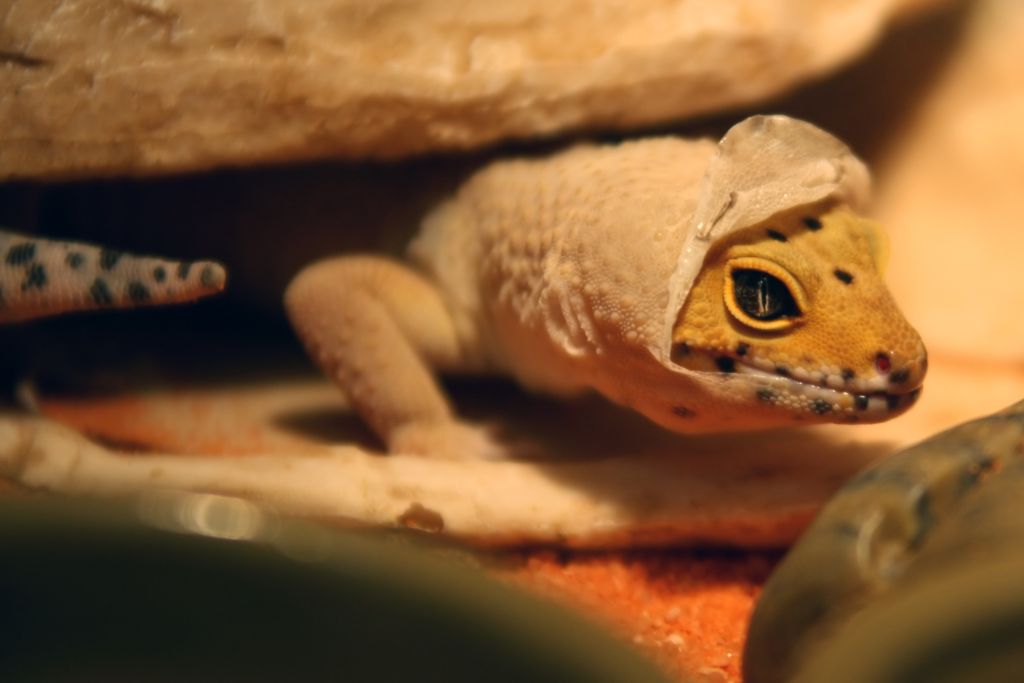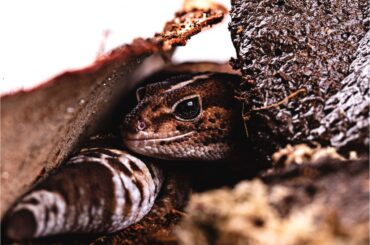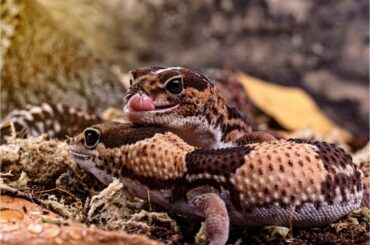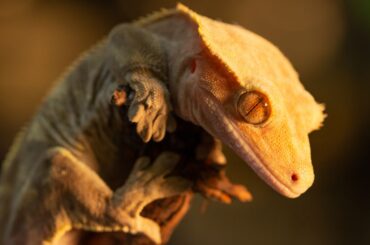Have you ever thought about how often leopard geckos shed? Do you want to know more about the interesting way leopard geckos shed their skin? Let’s delve into the world of leopard geckos and learn everything you need to know about how they shed!
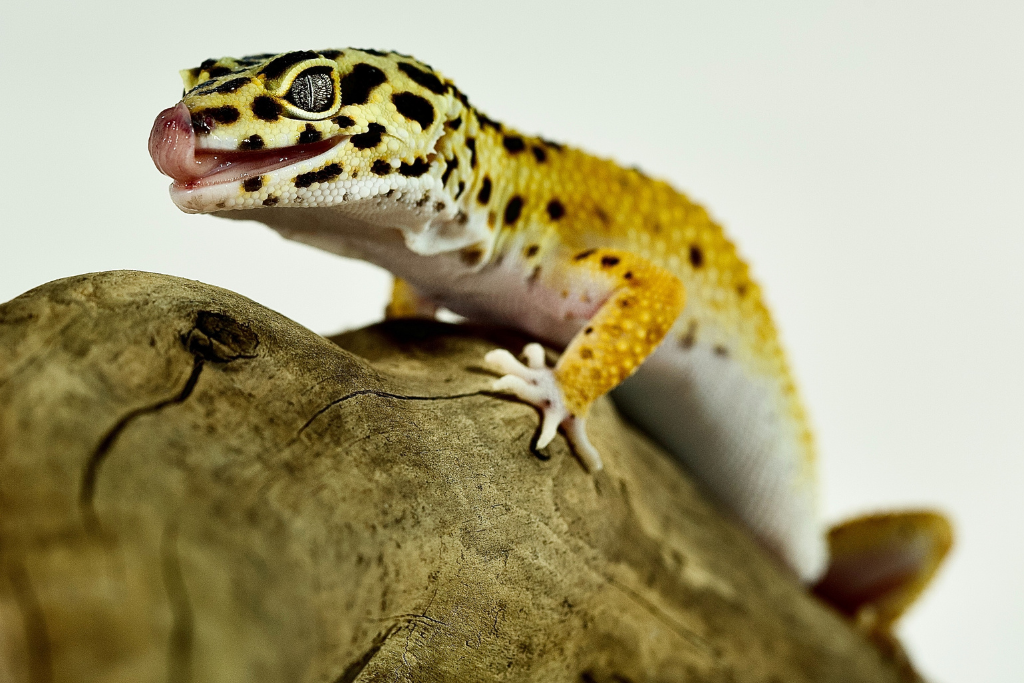
Leopard geckos are fascinating reptiles that make great pets, especially for people who want a calm pet that doesn’t need much care. These geckos are known for being calm and friendly, most living on the ground, making them good for families and people of all kinds.
In order to live, leopard geckos need to shed. Their skin grows back on its own. Old skin also gets rid of bugs and harmful chemicals when it sheds. They get their bright colors and patterns from the way they shed.
It’s normal for owners to have trouble with shedding. During the shedding process, leopard
geckos may become restless and sensitive. Shedding might make it hard to eat sometimes.
Gecko owners must take care of them during this time. A good setting and quick problem-solving help the shedding cycle of leopard geckos.
Leopard Gecko Shedding Basics
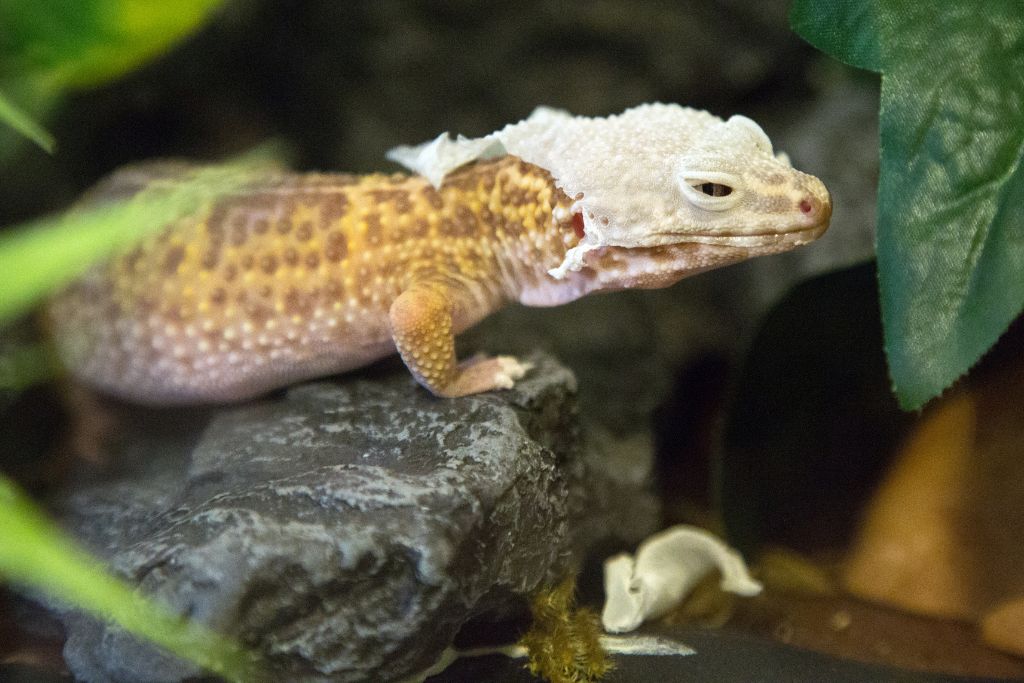
Like leopard geckos, reptiles naturally shed their skin to keep it healthy. Shedding has more than one reason, such as:
- It helps reptiles remove old, damaged skin that can collect dirt, parasites, and bacteria. This lets the top layer stay clean and healthy.
- Shedding helps restore skin cells, which helps wounds heal and new skin grow. If a lizard gets hurt or scratched, shedding helps the body heal.
- Young geckos need to grow into their bodies. Their skin gets tighter as they grow, so they shed to get rid of the old skin and make room for their growing bodies.
Shedding is an integral part of a leopard gecko’s life. It helps them keep their skin healthy and strong and helps them grow and develop as a whole. Understanding why your geckos shed enables you to give them the care and support they need to stay healthy.
When Do Leopard Geckos Shed?
Leopard geckos change before they shed their skin. Before they shed, they make a lubricating fluid that is often called “pre-shed” or “shedding fluid.” This fluid helps the gecko get rid of its old skin by loosening it. This fluid is normally made a few days before the skin falls off.
Some changes can be seen as a gecko prepares to lose its skin. The skin may appear duller, dryer, and even white or opaque. This change in look means that shedding is coming soon. As the gecko’s new skin grows under the old skin, the old skin gets looser.
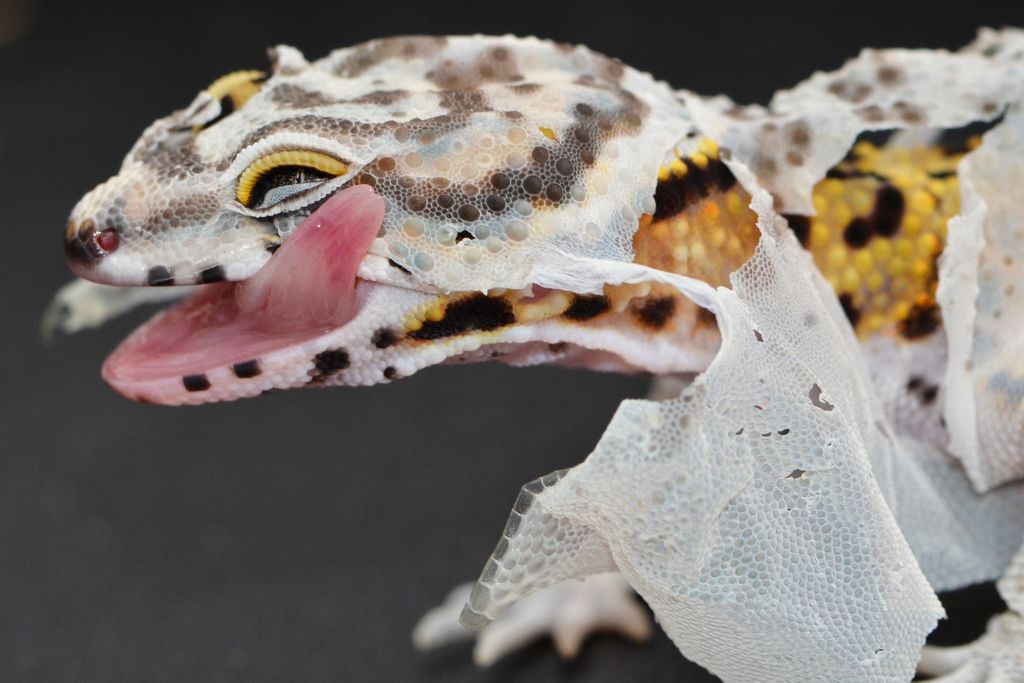
Geckos might act differently when they shed. Geckos can become angry. They may rub places to get rid of old skin and bite or chew on their own skin.
This is normal, as it helps the gecko shed its skin better. To ensure that geckos can shed their skin properly, giving them a good setting and keeping the humidity at the right level is essential.
How Often Do Geckos Shed?
Leopard geckos don’t shed the same way. Every 4 to 8 weeks, they shed their skin. Several factors can change this schedule, such as:
Rate of Growth
Leopard geckos shed their skin every 4 to 8 weeks, but the shedding frequency can vary depending on their growth rate. Young geckos shed more often, as they are still rapidly growing, while fully grown geckos shed less frequently.
Genetics, diet, and environment can also influence shedding patterns. Monitoring your gecko’s growth and observing its shedding behavior can help determine its specific schedule.
Stress
Stress is another factor that can affect shedding frequency. Changes in their surroundings, how they are handled, or other factors can cause stress in geckos. Stress can either make animals shed more or make them shed less.
Illness
Having an illness can also change how often geckos shed. A gecko may shed less often or need help doing it right if it is unwell. For a healthy shedding cycle, keeping an eye on your gecko’s general health is important.
Reproductive Status
Reproductive status is another factor that can affect how often geckos shed. Female geckos may shed more often during mating season or when getting ready to lay eggs.
Knowing these factors allows gecko owners to take better care of their pets. They can give them the appropriate surroundings and support when they shed.
Care During Shedding
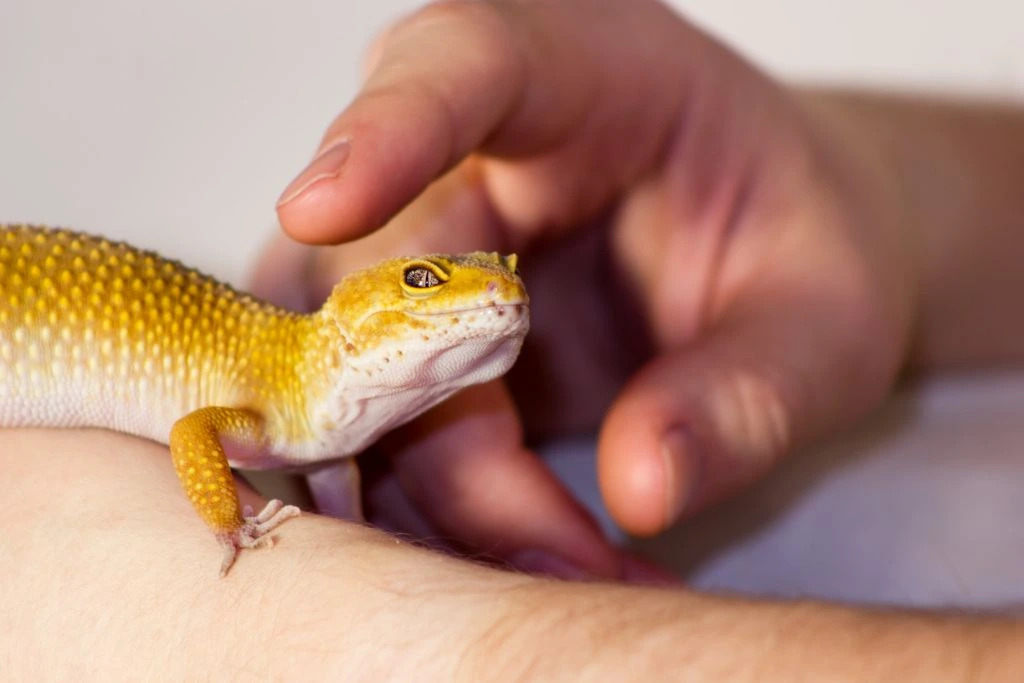
Taking care of your leopard gecko’s health and the shedding process is important. They need to shed to stay healthy. For them to shed well, they may need special care.
Here are some tips for caring for your gecko while it sheds and afterward:
- Keep a close eye on your gecko to ensure it has shed all of its skin and nothing is left behind.
- Give your gecko a shallow dish of clean water to help it recover after it sheds.
- Mist it lightly or soak it briefly in lukewarm water to help get rid of any leftover skin particles.
- Don’t feed your gecko right after it sheds because it may still be getting used to its new skin and may still need to be hungry.
By using these tips, you can help your gecko have a good time shedding and keep its skin and general health in good shape.
Shedding Issues and Solutions
Leopard geckos naturally shed, but sometimes they may have issues. Geckos’ owners need to be aware of these problems and have ways to deal with them. Your gecko will be safe if you know about and care for these things during shedding.
Some shedding issues and solutions for geckos:
Retained Shed
Geckos sometimes have trouble losing all of their skin, so pieces stick around. To help your gecko shed all of its skin, give it a wet hide box and gently use a damp cotton swab to remove any extra skin.
Stuck Shed on Toes or Tail
Getting shed stuck on the gecko’s toes or tails can be painful and make it hard for them to move. Soaking their feet or tail in warm water and slowly massaging the shed can help loosen it, making it easier to pull off.
Excessive Shedding
If your gecko sheds too often, it could be a sign of a deeper problem, like too little or too much humidity or a lack of food. Make sure the moisture in the enclosure is right and give them well-balanced food. Talk to a reptile vet if it keeps shedding too much.
Conclusion
Leopard geckos need a lot of care and attention while losing their skin. By knowing how important shedding is and what problems could arise, we can give the shed the help it needs to succeed.
Geckos need good housing and humidity; their habits and health must be monitored. We can help our leopard geckos keep their skin healthy, improve their health, and live long, happy lives by helping them shed.
FAQs
How Often Do Leopard Geckos Shed?
Leopard geckos lose their skin about every 4 to 8 weeks, but this can change based on their age and how fast they grow.
How Long Do Leopard Geckos Take to Shed?
Leopard geckos typically take 1 to 2 weeks to complete the shedding process.
Why Do Leopard Geckos Shed Their Skin?
Leopard geckos shed their skin to get rid of old cells, grow, and make new ones.
What are the Signs That a Leopard Gecko is About to Shed?
Some signs that a leopard gecko is about to shed its skin are dull and dry skin, a cloudy or white look, and a heightened sense of touch.
Can Stress Affect a Leopard Gecko’s Shedding?
Yes, if a gecko is under much stress, it might change how often it sheds.
How Can I Help My Gecko with Shedding?
Proper humidity, a damp hide box, and less handling of your gecko can help it shed.
Can I Feed My Gecko Immediately After Shedding?
Yes. But remember it will help if you usually wait a day or two after your gecko sheds before giving it food. This gives it time to settle down and get hungry again.
When Do Leopard Geckos Stop Shedding?
Leopard geckos shed their skin for all their lives. Shedding happens constantly and helps with their growth, skin, and general health.

